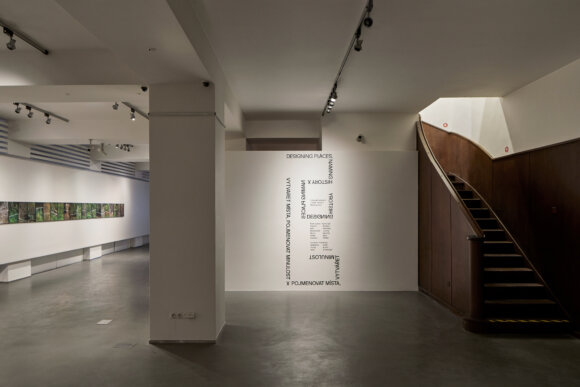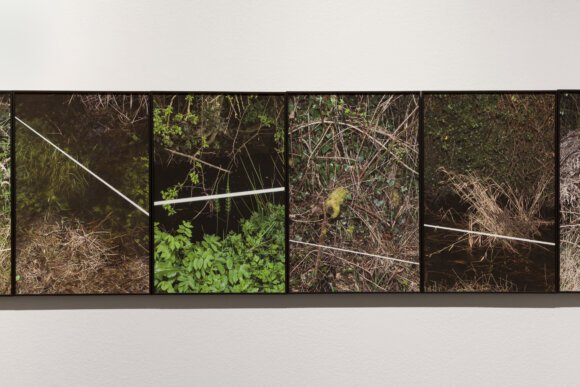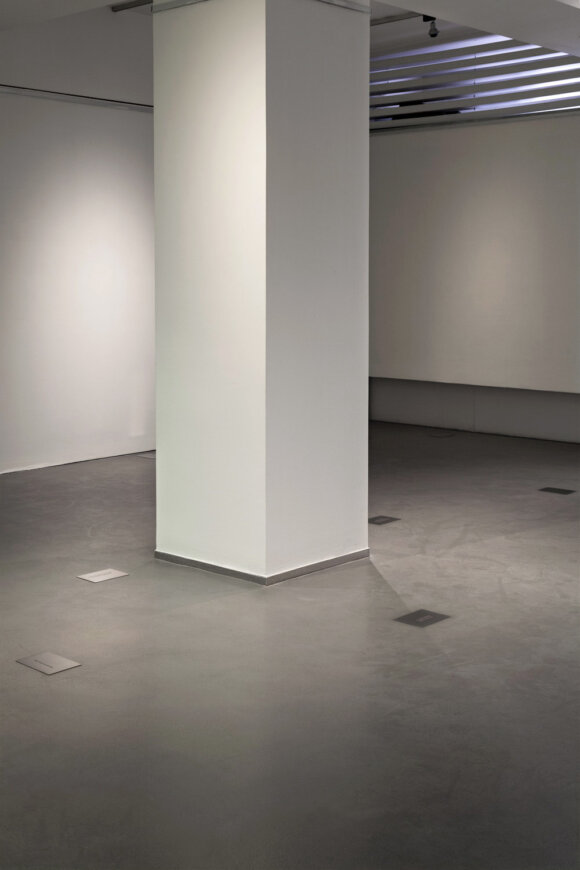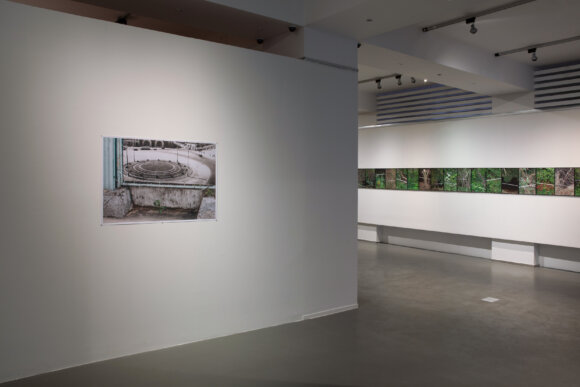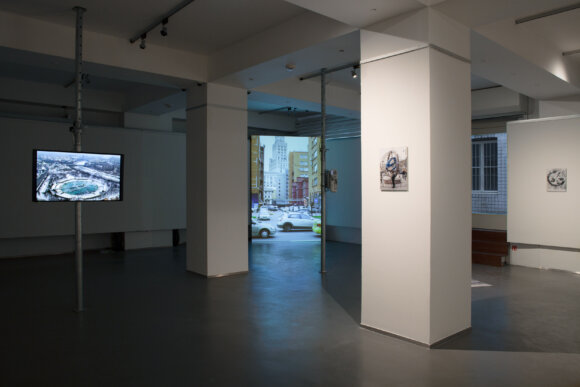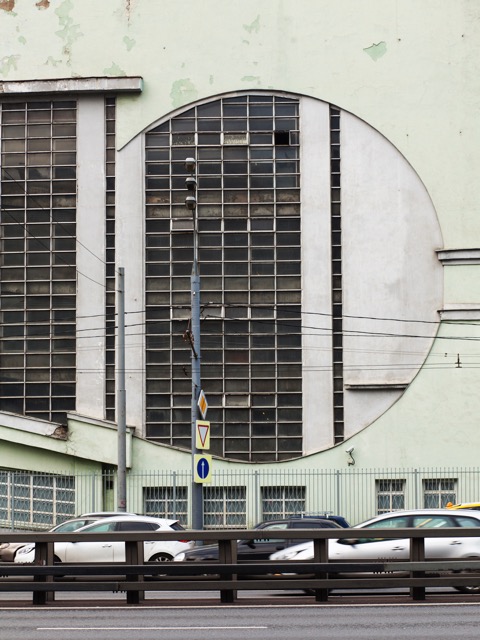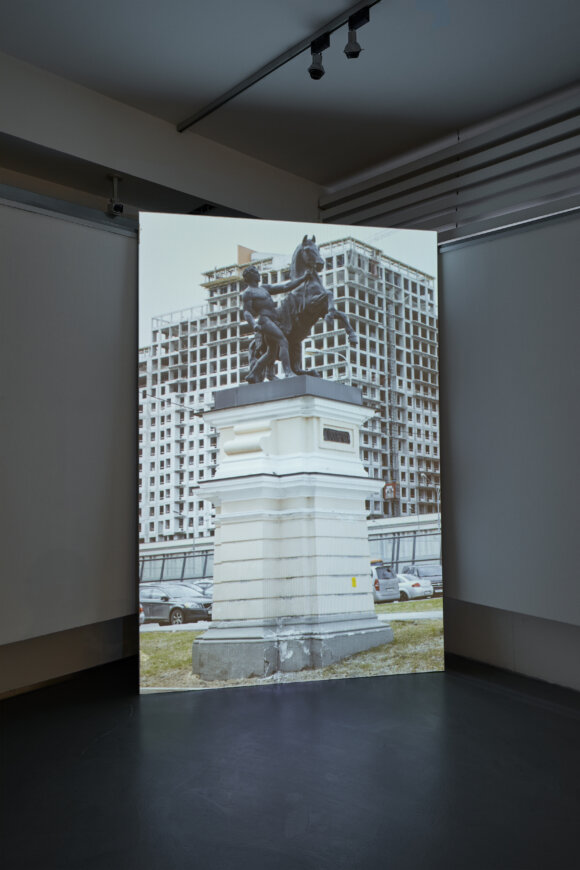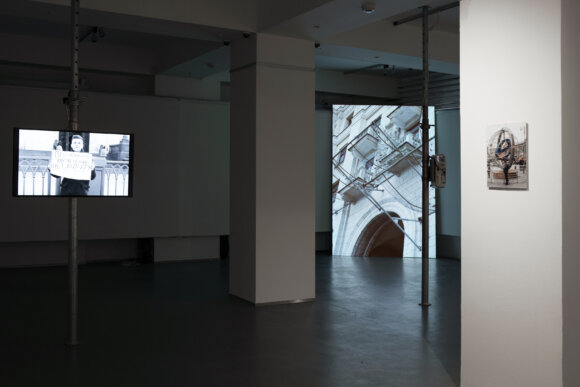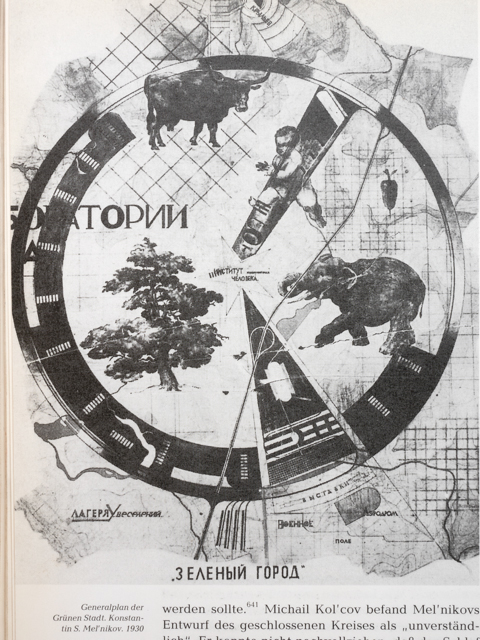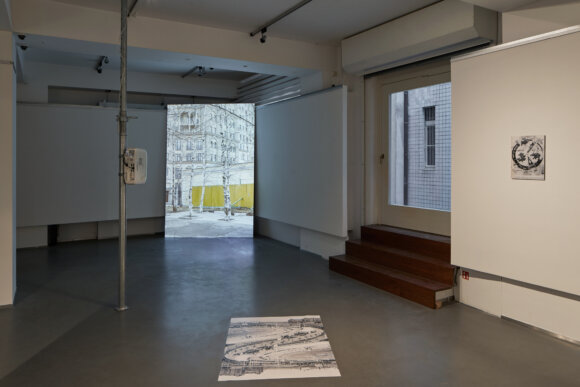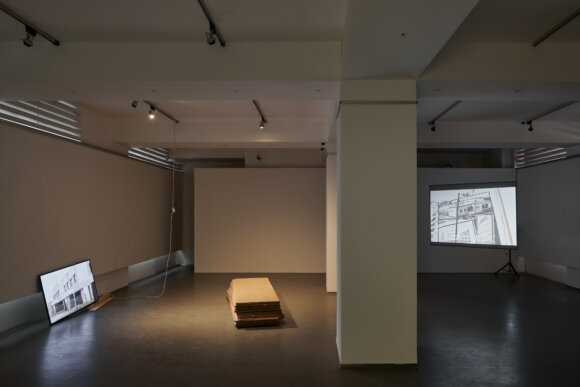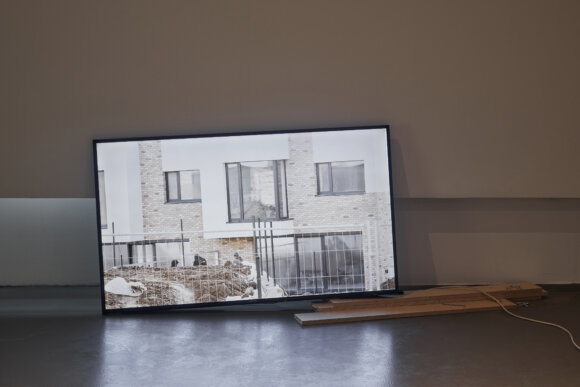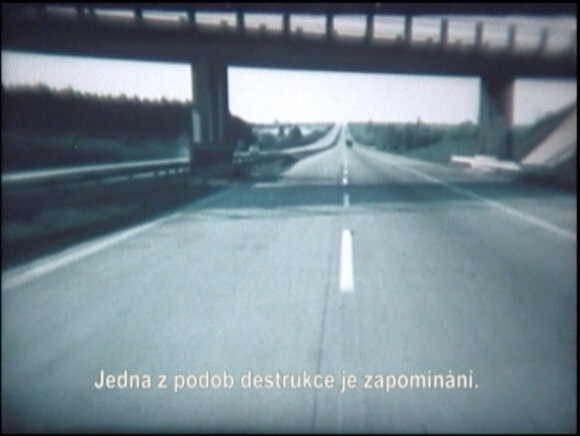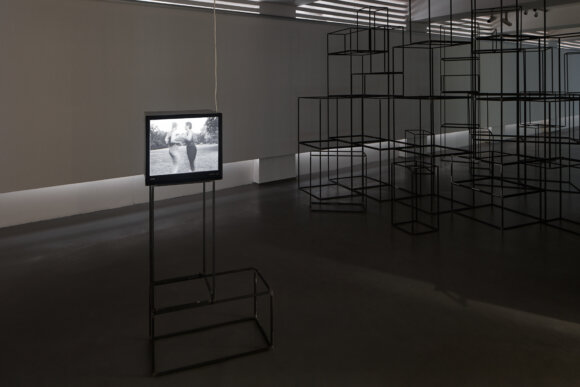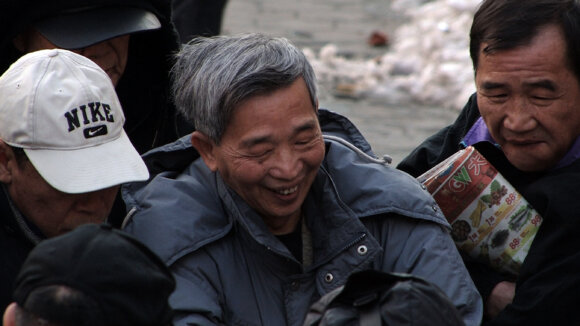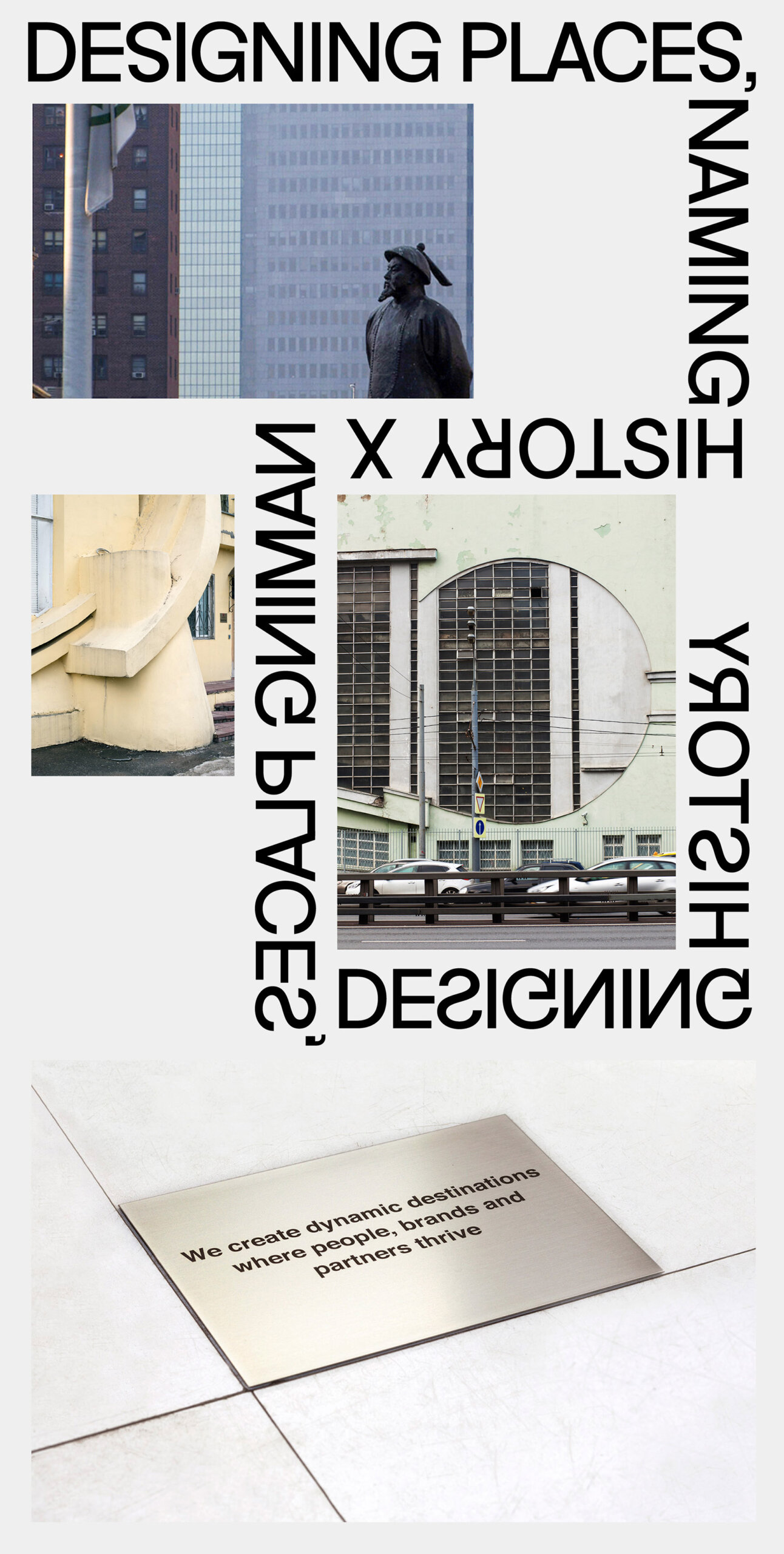
Eiko Grimberg: Melnikov III, 2017
Eiko Grimberg: Melnikov II, 2017
Bernardette Keating: Not all battle cries are meant to be heard, 2018
designing places, naming history
naming places, designing history
X
House of Photography / GHMP
Artists
Eiko Grimberg
Bernadette Keating
Martin Netočný
Shelly Silver
Gabriele Stötzer
Curators
Anna Voswinckel
Tereza Rudolf
Opening
Duration
In 1890, Jacob Riis, today considered one of the pioneers of social documentary photography, published the book “How the Other Half Lives”, in which he captures life in the poorest neighbourhoods of the growing American capital, including evidence of child labour. In her video collage, depicting a portrait of Chinatown in New York City, author Shelly Silver bluntly answers Riis’s research question: “We don’t know because we don’t care!”. Are we actually still asking loudly to whom belongs the public space as well? Have we lost our utopian visions? Do the utopian visions of yesteryear only dwell in company slogans which artist Bernadette Keating twists into a bitter-sweet parody? The Collorado-Mansfeld palace, situated in Prague’s touristic heart, has been through periods of different ownership and use, and recalls, as well as the work of Eiko Grimberg, the motivation of political and economic decisions. The Pool by Grimberg digs into the history of a particular place which – frequently rebuilt – illustrates the dominant ideology, where “the other” is changed or disappears. The modernist vision of urban development in Zbyněk’s Baladrán video is confronted with today’s development in the short movie of Martin Netočný. Gabriele Stötzer’s film shows 13 women and men dancing in outdoor locations of their choice. Each one developed, without any music, their own movement to the point of ecstasy. Under the condition of state socialism the film expresses “a freedom inherent in all of us, should we choose to grasp it” (Stötzer). All the approaches then underline the very fragile connections between the image of the public space and the conditions of society, which, when individualized, loses the notion of otherness as a building stone for positive change.
- House of Photography, GHMP © Jan Kolsky
- House of Photography, Bernadette Keating © Jan Kolsky
- Bernadette Keating, Líne
- Bernadette Keating, Not all battle cries are meant to be heard
- Bernadette Keating, Not all battle cries are meant to be heard
- Bernadette Keating, Not all battle cries are meant to be heard
- House of Photography, GHMP © Jan Kolsky
- House of Photography, EikoGrimberg © Stephanie Kiwitt
- EikoGrimberg, Melnikov I
- House of Photography, EikoGrimberg© Jan Kolsky
- House of Photography, EikoGrimberg© Jan Kolsky
- EikoGrimberg, Melnikov I
- House of Photography, EikoGrimberg© Jan Kolsky
- House of Photography, EikoGrimberg© Jan Kolsky
- Martin Netočný, They : The Slavs
- Martin Netočný, They : The Slavs
- House of Photography, Martin Netočný© Jan Kolsky
- House of Photography, Zbyněk Baladrán© Jan Kolsky
- ZbyněkBaladrán, Socio-Fiction, 2006
- ZbyněkBaladrán, Socio-Fiction, 2006
- House of Photography, Gabriele Stötzer © Jan Kolsky
- Gabriele Stötzer, Veitstanz/ Feixtanz
- Gabriele Stötzer, Veitstanz/ Feixtanz
- House of Photography, Shelly Silver © Jan Kolsky
- Shelly Silver, 5 lessons & 9 questions about Chinatown
- Shelly Silver, 5 lessons & 9 questions about Chinatown
